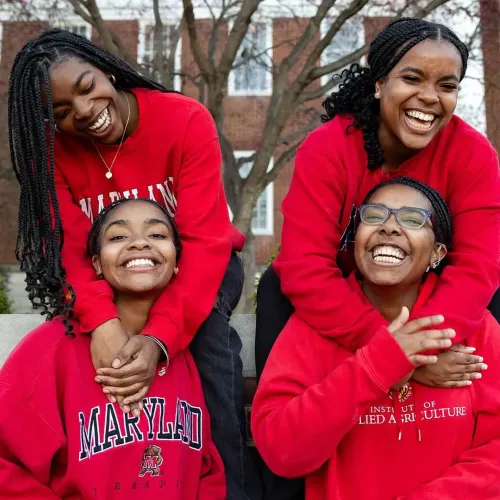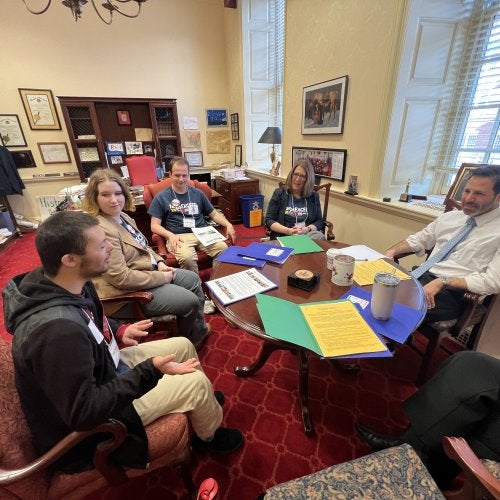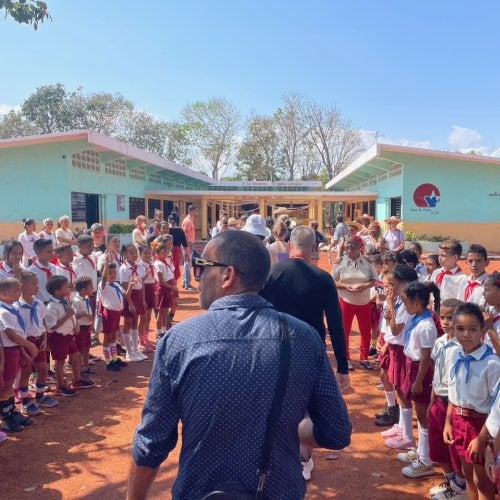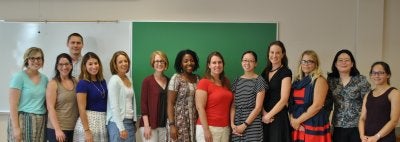

Providing TESOL Teachers Support In and Out of the Classroom
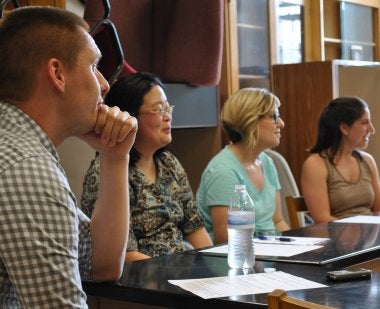
In 2015, Associate Professor Megan Madigan Peercy formed a group of teacher educators and student or alumni teachers in TESOL to understand the experiences of novice teachers as they begin to work in classrooms and to identify what they view as the centrally important practices they need to be able to excel in teaching English Language Learners (ELLs).
“There’s tremendous need for well-qualified, knowledgeable teachers of ELLs, as they are the most rapidly growing population in U.S. schools,” Dr. Peercy said.
At this time, the group includes teacher educators—three faculty members and five doctoral students—as well as 12 teachers—nine UMD alumni in the first five years of teaching and three current pre-service teachers in area classrooms—working to develop practices that can be implemented in the classroom by novice teachers. The group meets in-person several times per semester and communicates through a Facebook group.
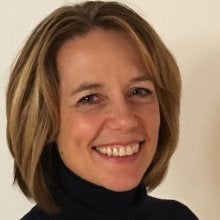
The group brought together ideas from a review of the literature on the strongest teaching practices for ELLs, and also drew upon student teacher and novice teacher ideas and experiences regarding the kinds of practices they needed to do their work successfully. The group identified six core practices for success in the classroom, but they consider teachers knowing their students, including their language, culture, and schooling background, to be of central importance, so that educators can plan and enact language instruction that meets students at their level. The feedback they received from ELL teachers led the group to also identify ELL-specific issues related to assessment and classroom management as key practices. They have presented on these findings at a number of conferences.
What Dr. Peercy hadn’t expected was that in addition to developing some important recommendations for the TESOL field, the group became equally important as a support group and a venue for professional development for its members.
“As we worked together on developing core practices, though, we’ve also really developed into what the teachers have called a ‘safe space’ for them to bring their teaching dilemmas and challenges, and to continue to be connected to their program and to other alumni as they figure out how to do the hard work of teaching students that are often underserved and marginalized,” she added.

“It’s a space for reflection on teaching and on yourself,” Canales said of the TESOL group. “Often times, we don’t have a space for this during the hustle of the school year, or in regular professional development at school. It’s a supportive environment to be honest and sincere about our own strengths and limitations as educators.”
Andrea Stutzman, below, who is completing her last year of the M.Ed. TESOL program, said she appreciates how the group is trying to tie theory with practice and equipping students with practical ideas.
One teacher-instigated suggestion for the group was to start engaging in self-care activities, including mindfulness activities like meditation, journaling, exercise, and connecting with an accountability buddy. Kathryn Byrnes, president of the Mindfulness in Education Network, led a workshop for the group on teacher mindfulness, which was opened up to a larger community of teachers from Prince George’s and Montgomery counties. They are also working on a book chapter about teacher self-care, a subject which has been increasingly prominent in the education community.
Teaching ELLs can be demanding for teachers, Dr. Peercy said, as some students have limited literacy in their first language and may be coming from very difficult backgrounds, such as fleeing drug violence in Central America. Maryland, and in particular the suburbs of Washington, D.C., have seen a significant increase in the ELL population over the last 15 years.
“People who are drawn to teaching ELLs usually have some sort of language learning experiences themselves; they know how great and challenging it is to learn another language,” Dr. Peercy said. “They’re usually deeply invested in working with this population, because they see how it is important to provide equal opportunity for these students as well.”Stutzman echoed this sentiment.
“I’ve always enjoyed working with children, and have been curious about different languages and cultures from a young age,” Stutzman said. “I am driven by a desire to bring students encouragement who don’t have the language and/or academic skills to fit in or be successful in the classroom.”
Canales also mentioned the transformative effect of education and its role in addressing equity issues.
“I am drawn [to the teaching field] by the immediate impact that I see when working in a classroom, especially with English Language Learners,” Canales said. “I had great teachers and I had not so great teachers growing up. I think that the first step to leveling the playing field in our society is in the classroom.”
This article originally appeared in the Winter 2018 issue of Endeavors, the College of Education's alumni magazine.
